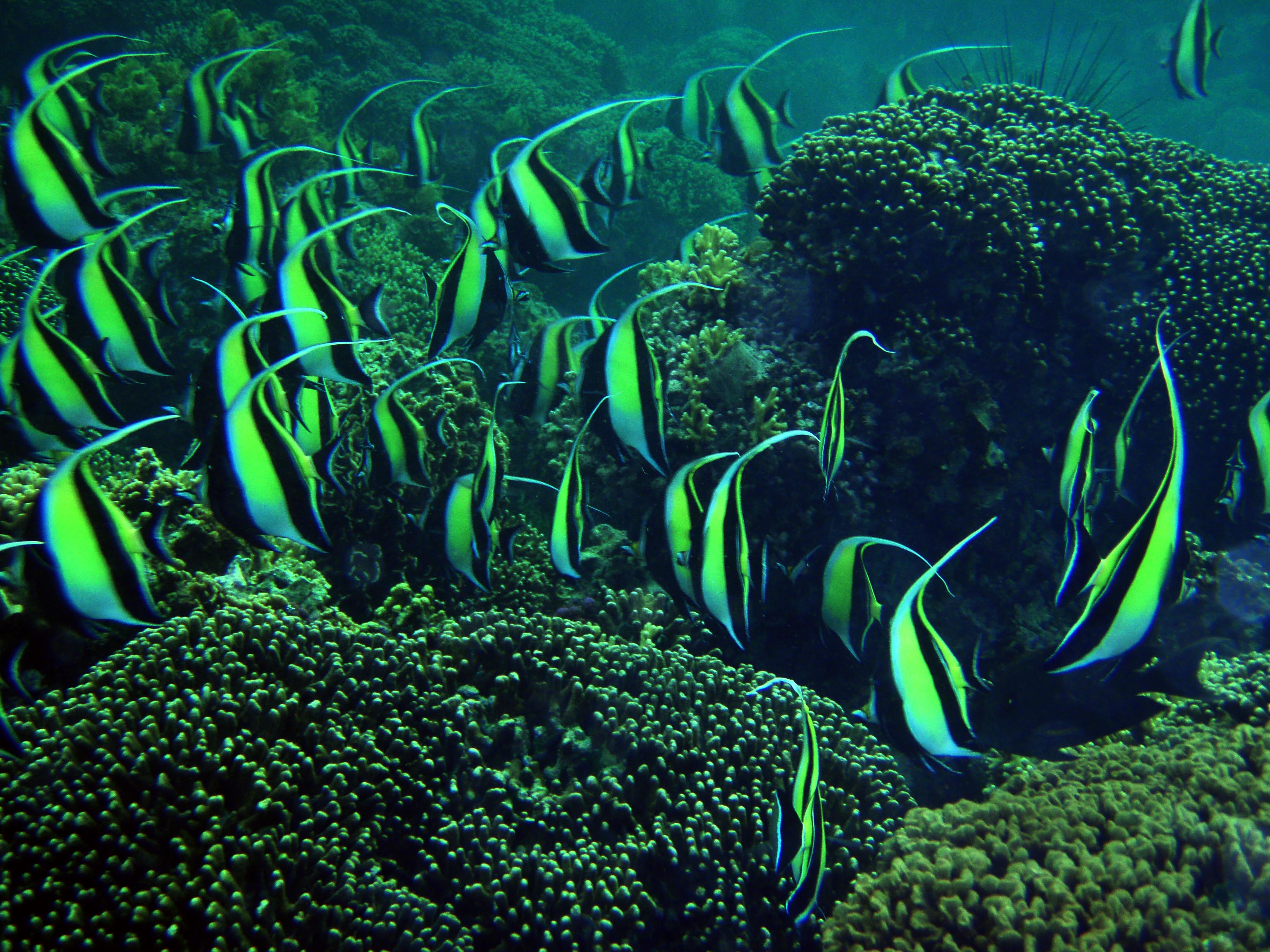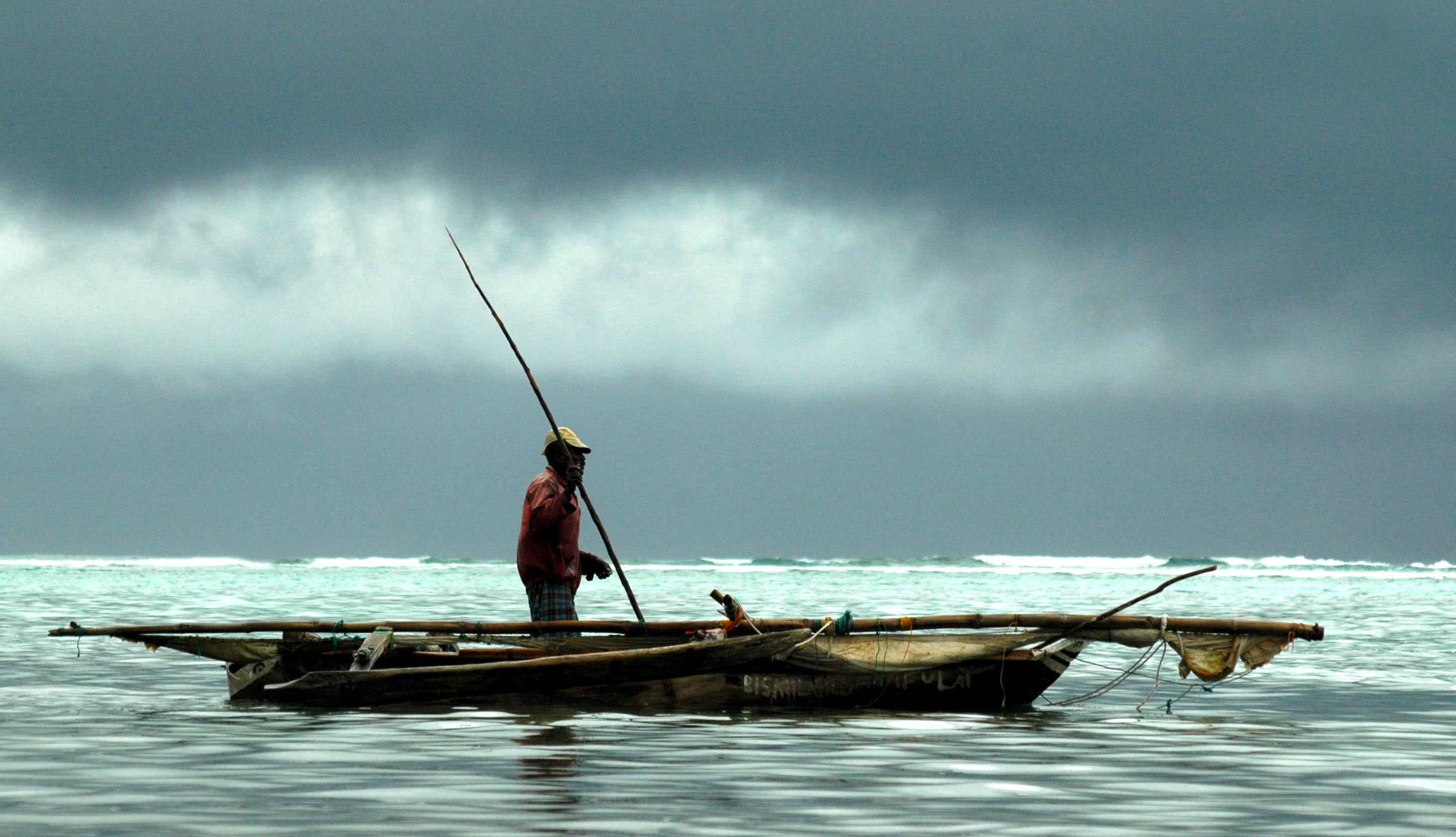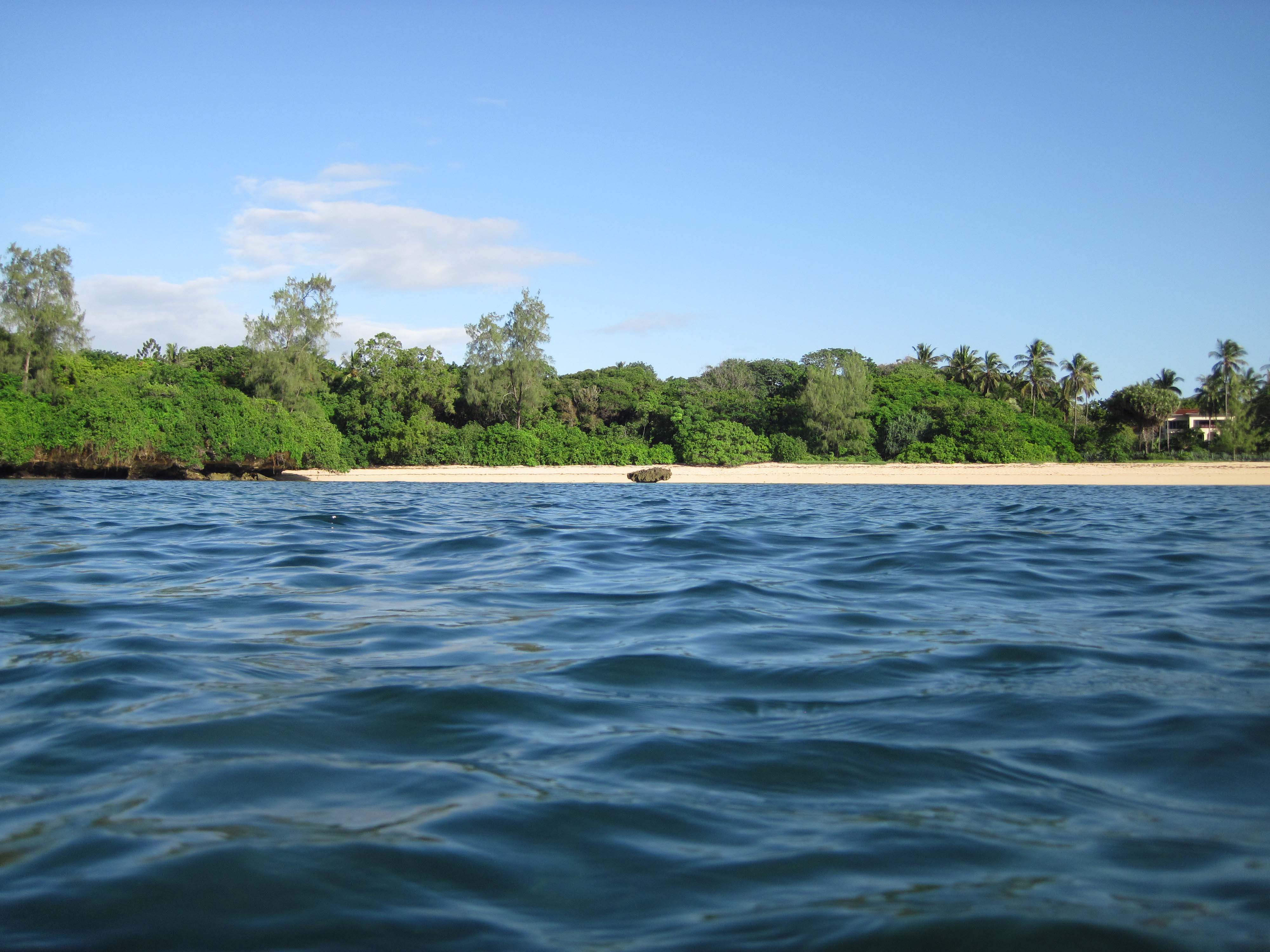



Community recognition that action was needed to improve dwindling fish stocks was followed by the identification of various stakeholders to help us achieve our goals. Communication, outreach and awareness building programmes were set up and a visit to a similar project in Tanzania went ahead in 2004, and encouraged the community to use local marine resources sustainably.
A democratic decision to close an agreed lagoon area was agreed. Legal and policy frameworks were put in place, and the first LMMA in Kenya was approved in 2006 under the National Environmental Management Authority. Following this, a collaborative governance model has emerged under Beach Management Units (BMU's), where fishers and government work together towards sustainable fishing and improved livelihoods. In setting up the MPA, we went through various phases; conceptualisation; inception; implementation; monitoring; management and ongoing adaptive management.
The realisation by the community that there was a significant crisis looming and a determination to act for the sake of future generations was a crucial factor in the implementation process. Trust and belief in a positive outcome was paramount. Initial funding for alternative enterprises and support from key partners was necessary for technical and advisory capacities. An area was chosen that had good recovery potential with help from a scientist that had previously been monitoring that part of the coast coupled with local knowledge.
From the outset a clear strategy and management plan devised with maximum participation from community members is critical. Listening to the elders within the community creates an essential link between past and present. Targets and goals need to be achievable and clear timelines need to be set and adhered to keep the support of the community. The entire community needs to benefit from the project, and livelihoods need to improve tangibly in order to maintain support and create a sense of ownership that gives the project longevity. A community welfare aspect should be part of the strategy. Awareness, education and sharing of information need to be maintained, and a willingness to an adaptive management approach is vital. Learning from mistakes, sharing knowledge and creating close alliances with other similar organisations helps the project progress quickly. Creating collaborative partnerships and following clear procedures and legislative guidelines strengthen the structure of any entity. Good governance from the outset with a clear constitution that is followed at all times.